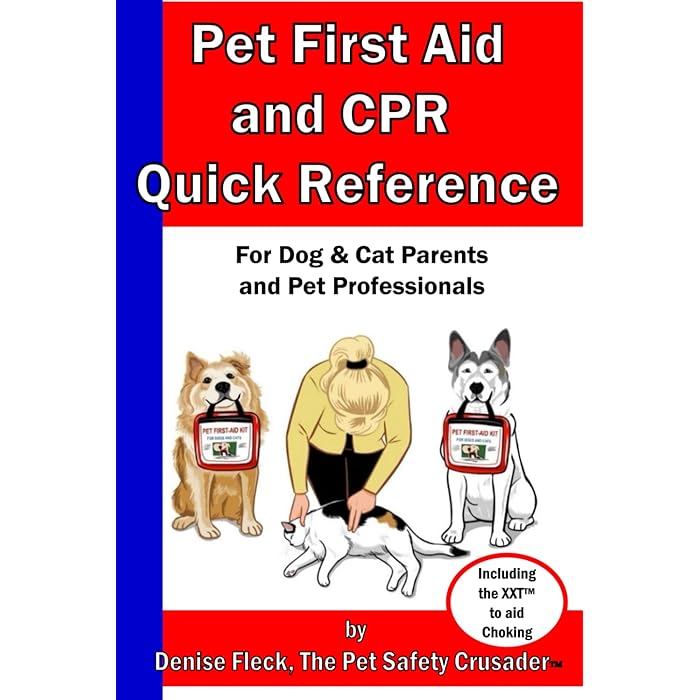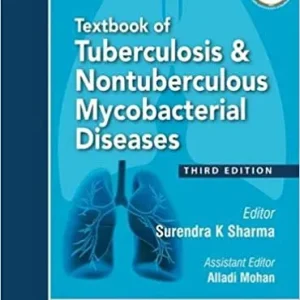Description
A **Pet First Aid & CPR Quick Reference** is designed to provide essential guidelines for handling emergencies involving pets. Here’s an overview of common situations and basic first aid techniques:
—
### **1. CPR (Cardiopulmonary Resuscitation)**
#### **For Dogs and Cats**
1. **Check for responsiveness:** Tap the pet gently and call its name. Look for signs of breathing or movement.
2. **Check the airway and breathing:**
– Lay the pet on its right side (for dogs) or on its back (for cats).
– Open the mouth and check for blockages.
– Look for chest movement (sign of breathing).
3. **If not breathing:**
– **Mouth-to-Snout Breathing:**
– Close the pet’s mouth and cover its nose with your mouth.
– Give slow, gentle breaths (one every 3-5 seconds).
– For dogs, use the “muzzle” technique by closing the mouth and breathing into the nose.
– For cats, cover the nose and mouth with your mouth.
4. **Chest compressions:**
– **Dog:** Place hands over the ribcage, behind the elbow. Apply compressions about 1-2 inches deep at 100-120 compressions per minute.
– **Cat:** Use one hand to apply gentle compressions over the chest at a rate of 100-120 per minute.
– Alternate chest compressions with mouth-to-snout breathing if the pet isn’t breathing.
#### **Note:** Always seek veterinary care ASAP, even if the pet starts to breathe or shows signs of recovery.
—
### **2. Choking**
1. **For Small Dogs and Cats:**
– Gently hold the pet upside down with its back against your body.
– Try to remove the object with your fingers or by performing a gentle sweep in the mouth.
– If the object doesn’t dislodge, perform the **Heimlich maneuver** (apply pressure to the abdomen or chest depending on the pet’s size).
2. **For Larger Dogs:**
– Place your hands just behind the ribcage and apply firm, quick pressure to expel the object.
– After removal, monitor breathing and call a vet.
—
### **3. Seizures**
1. **Stay Calm and Clear the Area:** Move any potential dangers out of the pet’s reach.
2. **Do Not Touch the Pet’s Mouth:** Avoid inserting your hand into its mouth (risk of injury).
3. **Time the Seizure:** If the seizure lasts more than 2-3 minutes, seek emergency vet assistance immediately.
4. **After the Seizure:** Provide a quiet, calm environment for recovery, and offer water if the pet is alert.
—
### **4. Bleeding & Wounds**
1. **Apply Pressure:** Use a clean cloth, bandage, or gauze pad to apply direct pressure to the wound.
2. **Elevate the Limb (if possible):** This can help slow the bleeding.
3. **Bandage:** Wrap a clean, non-stick bandage snugly but not too tight to control the bleeding.
4. **Seek Veterinary Care:** For large, deep, or persistent bleeding.
—
### **5. Poisoning (Ingestion of Toxic Substances)**
1. **Identify the Toxin:** Look for clues like chewed plants, spilled chemicals, etc.
2. **Call Poison Control or Your Vet Immediately:** The vet may induce vomiting if necessary or suggest specific treatments.
3. **Don’t Induce Vomiting Without Instructions:** Some toxins can cause more damage if vomited.
—
### **6. Heatstroke**
1. **Signs:** Excessive panting, drooling, vomiting, lethargy, or collapse.
2. **Move the Pet to a Cool Area:** Immediately cool the pet down by placing it in the shade or air-conditioned area.
3. **Cool Down:** Use cool (not cold) water to wet the pet’s body, especially the paws and belly. Offer small amounts of water.
4. **Vet Assistance:** Heatstroke is a medical emergency that requires prompt treatment.
—
### **7. Fractures & Sprains**
1. **Immobilize the Limb:** Use a soft bandage or splint (e.g., a rolled-up magazine) to stabilize the limb.
2. **Avoid Putting Weight on the Limb:** Support the pet’s weight if you need to move it to a safe location.
3. **Seek Immediate Veterinary Care:** Even minor fractures can cause internal injuries.
—
### **8. Burns**
1. **Cool the Burn:** Run cool (not cold) water over the burned area for 10-20 minutes.
2. **Avoid Ice:** Ice can cause further damage.
3. **Cover the Burn:** Use a sterile, non-stick bandage to cover the burn.
4. **Seek Veterinary Care:** Especially for serious burns or if the burn affects the pet’s face, paws, or genitals.
—
### **9. Shock**
1. **Signs of Shock:** Weakness, rapid heart rate, pale gums, shallow breathing, and collapse.
2. **Keep the Pet Warm:** Wrap the pet in a blanket to avoid further loss of body heat.
3. **Seek Veterinary Help:** Shock can be life-threatening and requires immediate veterinary care.
—
### **10. Hypothermia (Low Body Temperature)**
1. **Signs:** Shivering, lethargy, muscle stiffness, and shallow breathing.
2. **Warm the Pet Gradually:** Use blankets or warm (not hot) water bottles. Do not apply direct heat.
3. **Monitor the Pet’s Temperature:** Keep track of the pet’s body temperature until you reach the vet.
4. **Seek Immediate Veterinary Help:** Hypothermia can lead to organ failure if untreated.
—
### **11. Eye Injuries**
1. **Rinse with Clean Water:** Use saline or clean water to flush any foreign objects.
2. **Avoid Rubbing the Eye:** This can cause further damage.
3. **Seek Vet Care:** For any significant injury, trauma, or if the eye is bulging or bleeding.
—
### **General First Aid Kit for Pets**
– **Sterile gauze and bandages**
– **Antiseptic wipes/solution**
– **Tweezers** (for removing splinters, ticks, etc.)
– **Thermometer** (to check the pet’s temperature)
– **Adhesive tape**
– **Elastic bandage or splints**
– **Eye wash or saline solution**
– **Antibiotic ointment**
– **Tweezers or tick remover**
– **Instant cold pack**
– **Gloves**
—














Reviews
There are no reviews yet.